Yule never baa-lieve it: a case for the Yule Goat at Christmas
What’s the best way to celebrate a traditional English Christmas? Gifts, family, board games… and goats?!
That’s right, we’re missing out on an important part of our cultural heritage. We’re here to make the argument that the Yule goat must return not only to rural life, but the whole of England. Look, Yule logs are great. But everyone knows that the argument of who gets the end pieces can tear families apart. Yet every part of a goat is equally perfect. Far better for fostering family unity. But what do goats have to do with Yuletide, or Christmas, especially in England? To answer this, we first have to go back about 4000 years…
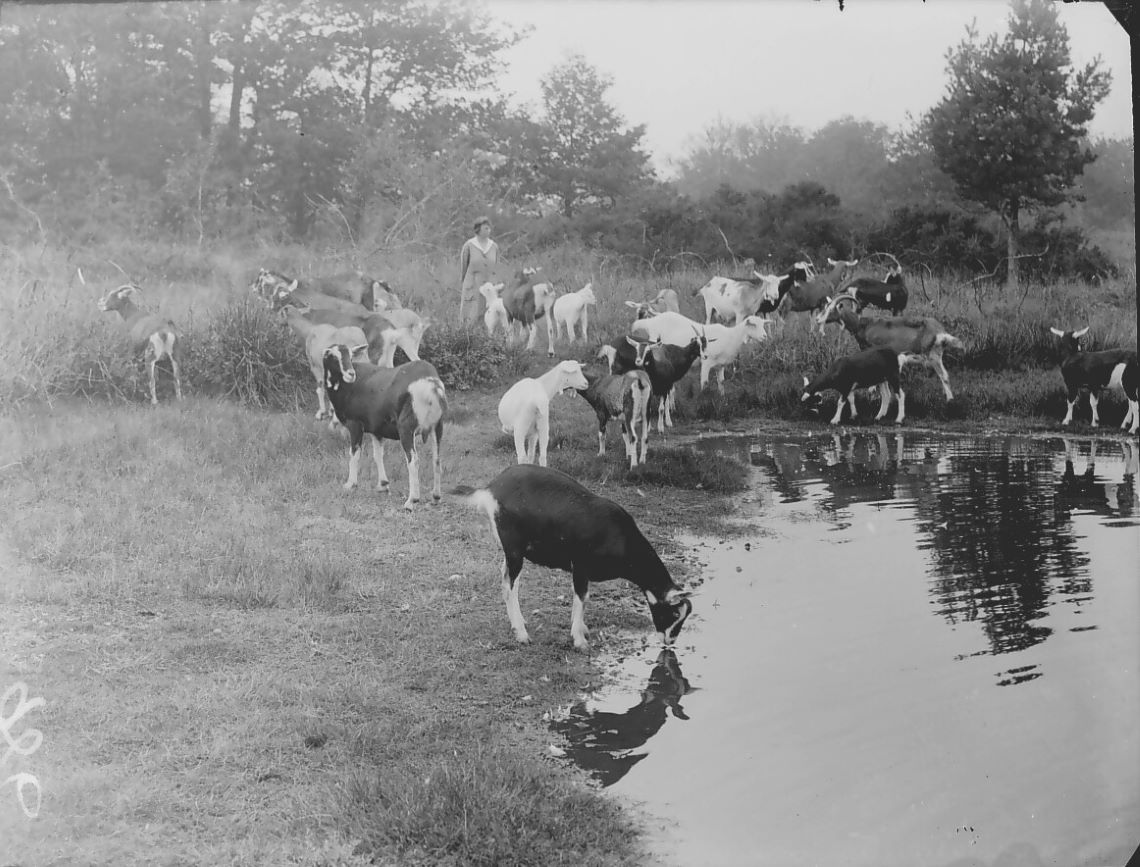
Yule and Christmas: The sun or the son?
For a study as academically and culturally critical as that of the Yule Goat, and whether it has a place in an English Christmas, we first need to establish the context of winter celebrations in Europe. To what extent do our Christmas celebrations derive from pagan practices – of which Yule is one?
The tradition of winter celebrations in Europe can be traced back to Ancient Egypt, where the rebirth of the sun god, Horus, would be commemorated on the shortest day of the year, 21st December. The celebrations continued for twelve days, with each day representing a month. This then inspired the Babylonians and the Persians who each put their own cultural spin on it. It is speculated that eventually, the Romans spread it around Europe, naming the festival ‘Saturnalia’ after the god Saturn. It’s possible that Yule was a product of this, as it certainly pre-dates Christianity, but it may also pre-date Roman influence. The Yule festival, originally named jol, existed in Germanic areas of Europe for thousands of years, and the earliest records portray it as a celebration of light and feasting, showing its links to Egyptian reverence of Horus.
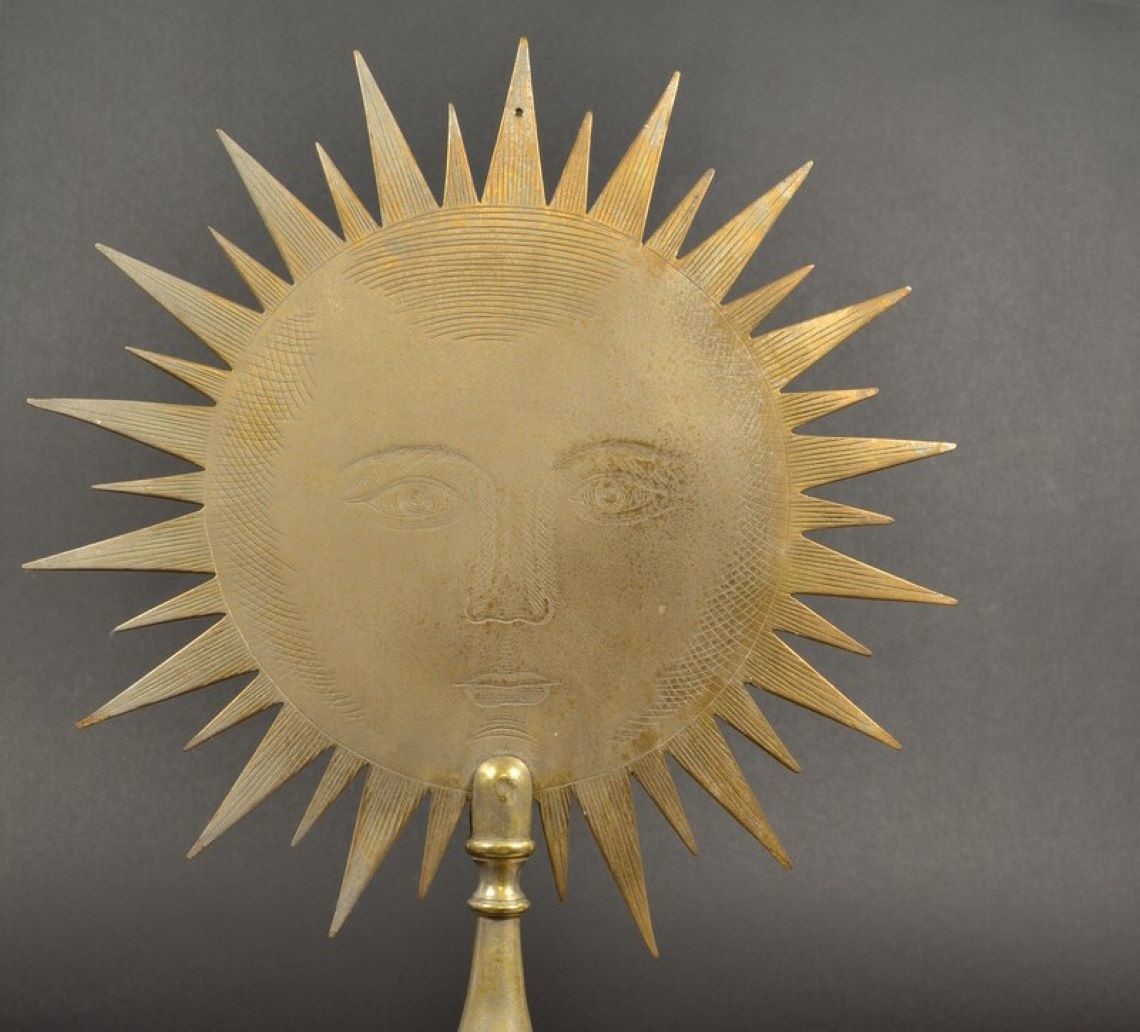
When Christianity came around, leading ecclesiastical figures knew that they wouldn’t convert the masses by replacing their beloved winter solstice celebration with something new. Conveniently, no one really knew the exact date on which Christ had been born. In around the fourth century, 25th December was chosen to fit in with pagan traditions. They publicised their new festival as “The birth of the Son” as the linguistic similarities between “sun” and “son” would trick people into thinking they were celebrating the same festivals.
A cross-cultural Christmas
Throughout the centuries, despite Christmas becoming arguably the most recognisable Christian celebration of the year, it retained many elements of previous pagan festivals (including goats, I promise we’ll get to the goats soon). For example, bells were originally deployed to scare away demons that emerged during the long, dark nights of winter, evolving to a more joyful symbolism under Christianity. Candles were also thought of as a counter to demons and were often given as gifts to each other at Saturnalia.
A disproportionate number of these surviving pagan traditions can be directly traced to Norse culture, perhaps due to the Viking conquests of England in the ninth and tenth centuries. Christmas elves and Santa both derive from Nordic paganism. The land of the elves, Alfheim, was the source of the sun’s creation, and so celebrating elves would encourage them to stoke the sun’s power. Odin was also King of the Elves, and much of his persona went into the modern Father Christmas, which is why elves are depicted as his underlings. Mistletoe is another aspect of Christmas heavily linked to Norse mythology, with Frigg declaring the plant as one of luck and happiness. Therefore, kissing under mistletoe is to receive Frigg’s blessing.
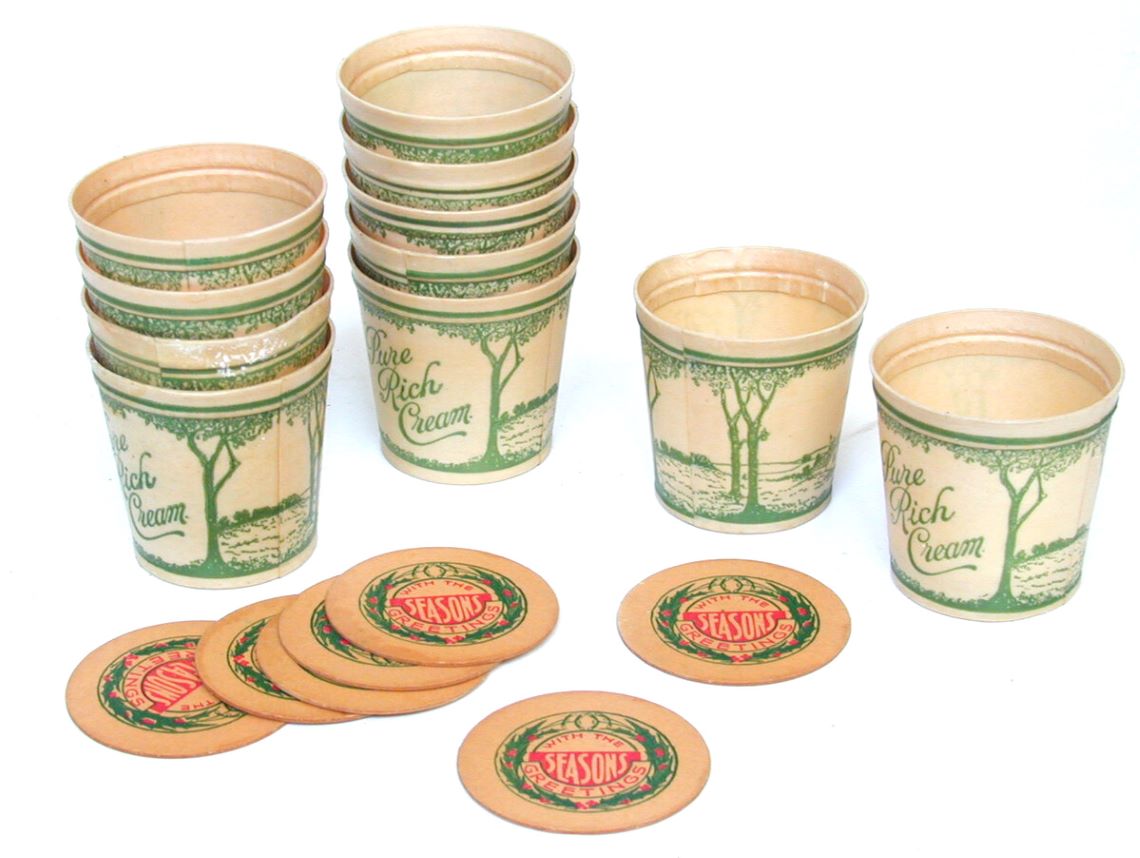
Hardline Christian forces did their best to repress these vestiges of paganism, and accounts of their attempted crackdowns actually provide the most compelling evidence for Yule’s continuing popularity. Yuletide celebrations in York, a city with immense Scandinavian cultural heritage, continued long after the full Christianisation of England. In 1572, The city council was sent a letter by the Ecclesiastical Commission which decried a “verie rude and barbarouse custome mainteyned in this citie” where on 21st December, “two disguised persons called yule and yules wief should ryde thorow the citie verey undecentlie and uncomelie” which would attract a huge crowd, even drawing people away from church services. This complaint tied in to the suppression of old religions associated with the campaign against Catholicism at the time. York’s Yule celebrations died down soon after, but I think it’s fair to say that the custom of behaving “undecentlie and uncomelie” at Christmas survived for many of us!
The GOAT of all pagan traditions
In one of the most perplexing twists of English cultural history, one Norse Yuletide custom which did not survive in this country was that of the Yule Goat. The true origin of the goat, known otherwise as the julebukk or julebock, is sadly unknown, except that it derived from pagan winter solstice festivals. Some have suggested that it relates to a god of vegetation which ensured the growth of crops. Others theorise a link to Thor, who used goats to pull his chariot over the sky whilst distributing gifts to the people. Being Thor, he regularly ate his goats, but luckily they reincarnated as long as the skin and bones were intact. This revival could relate to themes around the sun festival, and the return of brighter, longer days.
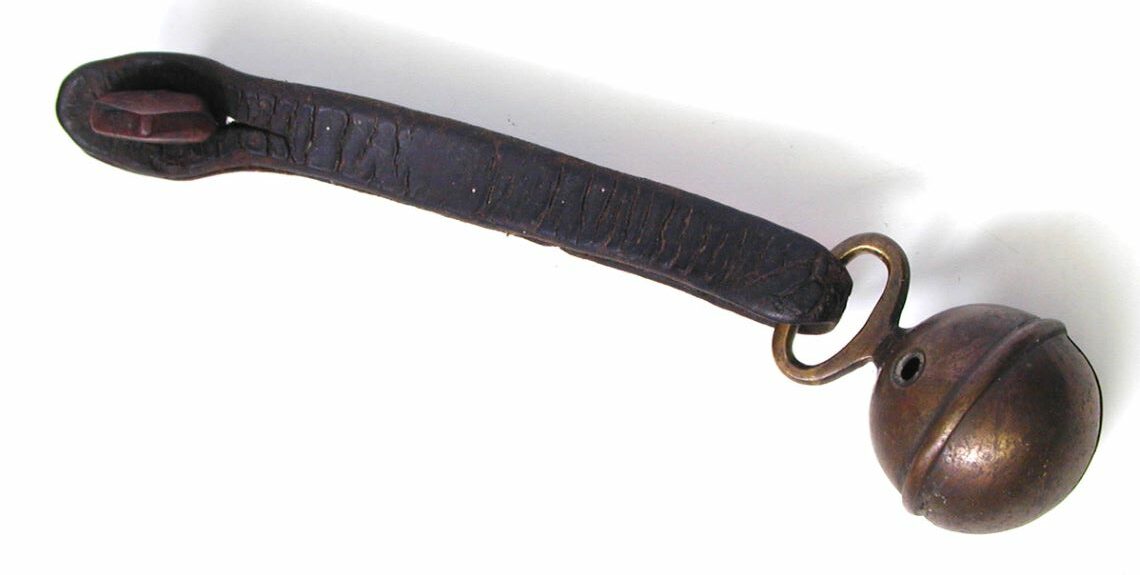
Those of you with a keen eye for astrology will also know that 25th December falls with the zodiac period of Capricorn, with ‘Capricornus’ translating to ‘goat horn’ in Latin. Capricorn was a bringer of hopeful tidings, a messenger of better things, and an urging to survive the dark winter. This is a convincing theory for the Yule goat’s origin, but star signs are not Scandinavian; they were first coined by Claudius Ptolemy, a Greek mathematician, in the second century AD. Why, then, Scandinavians in particular latched onto the importance of the goat at Yuletide is a mystery.
What we do know is that goats came to represent the devil in medieval Christmas folklore, causing the church to outlaw dressing in goat skins in the sixteenth century. This villainous side of yuletide goats survives in some Germanic countries as the terrifying Krampus, a horned figure who is said to partake in delightfully Christmassy activities such as eating children and taking them to hell.
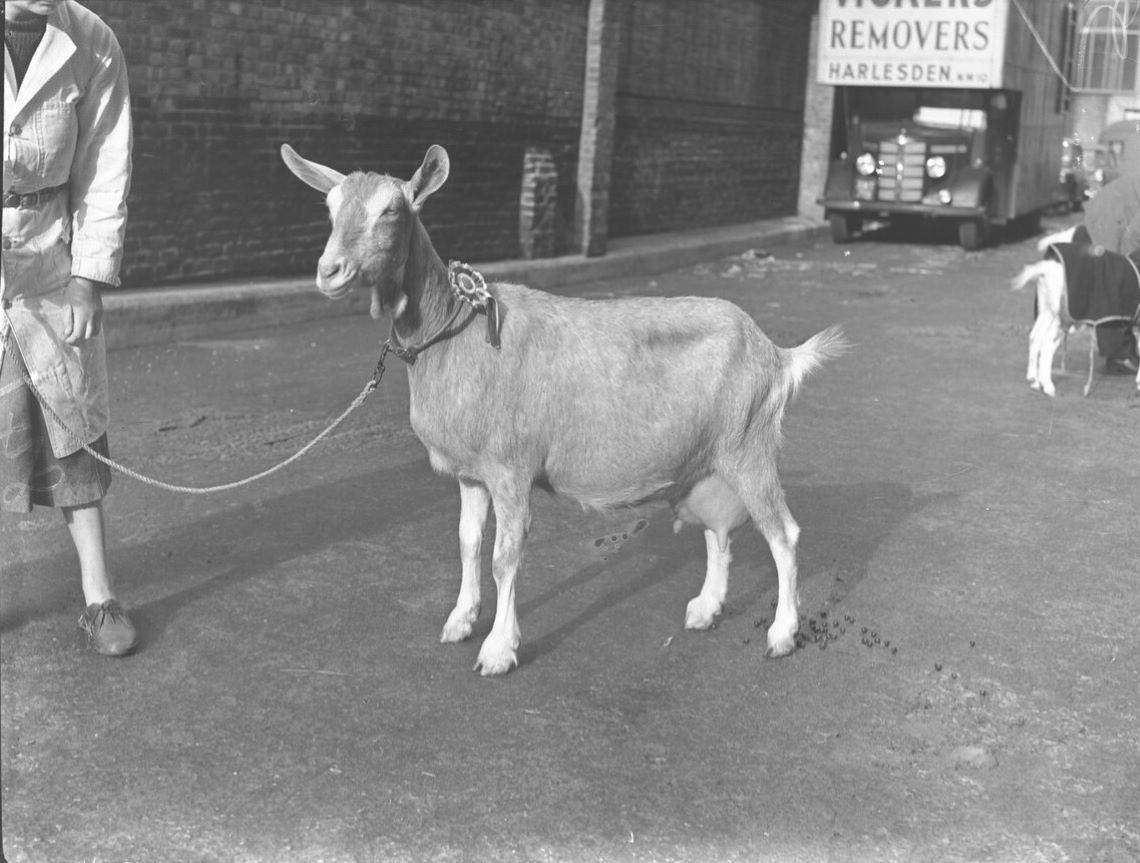
From Thor to straw
So far we’ve established that the Yule Goat has links to pagan winter solstice celebrations, many of which still have an influence on our Christmas traditions in the UK. The final piece of the argument in favour of reinstating the goat into British Christmas festivities is to prove that it flourishes in other countries in the modern day. And don’t worry, I’m not talking about Krampus. The Yule Goat is an essential element to winter festivities in Sweden, providing an opportunity for craft, decoration and mischievousness. Usually fashioned from straw, they are hung from Christmas trees and placed as ornaments around the home.
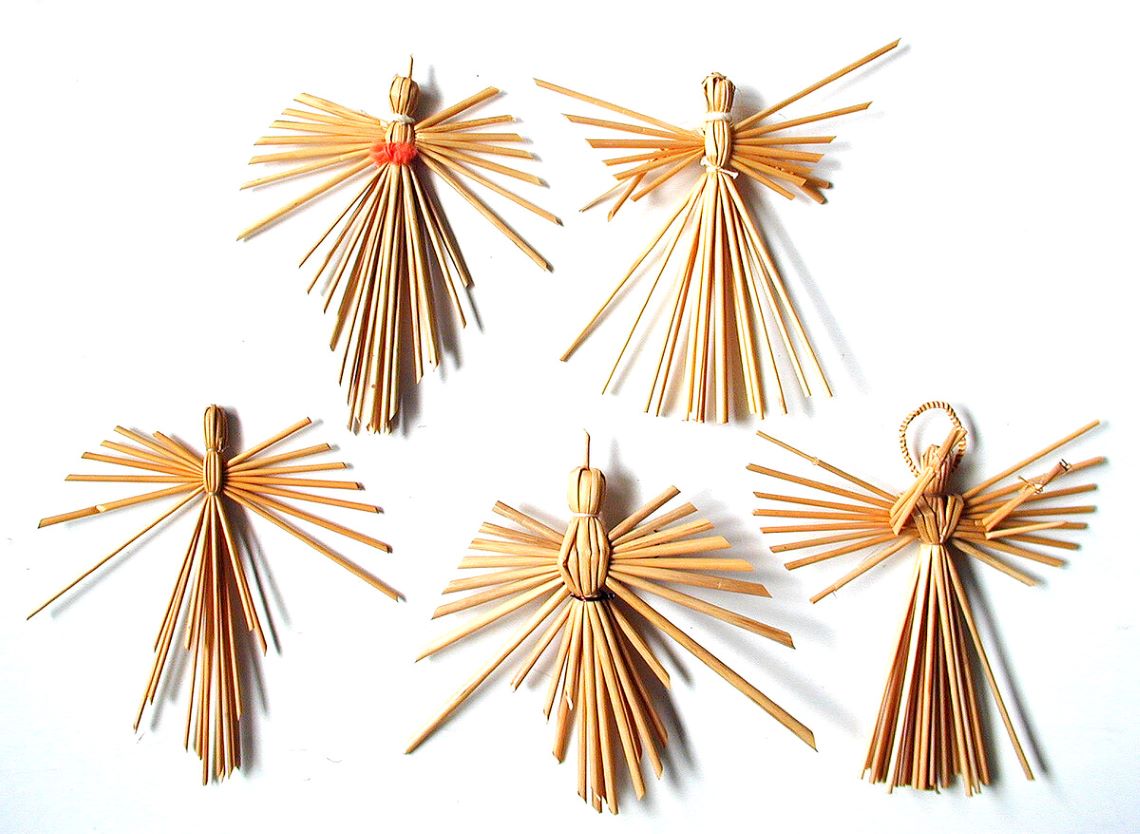
Some towns and cities, most famously the city of Gävle, build a gigantic Yule Goat as a centrepiece of their Christmas displays, instead of a tree. The goat is so important to the townspeople that it is fenced and guarded to ward off pranksters who would damage or burn the magnificent beast. A less harmful prank is to hide a Yule Goat somewhere in a friend’s house without them noticing, and if discovered, it is their responsibility to hide it in the house of another. I would be sorely tempted to ignore the second part of this tradition, and hoard all the goats for myself.
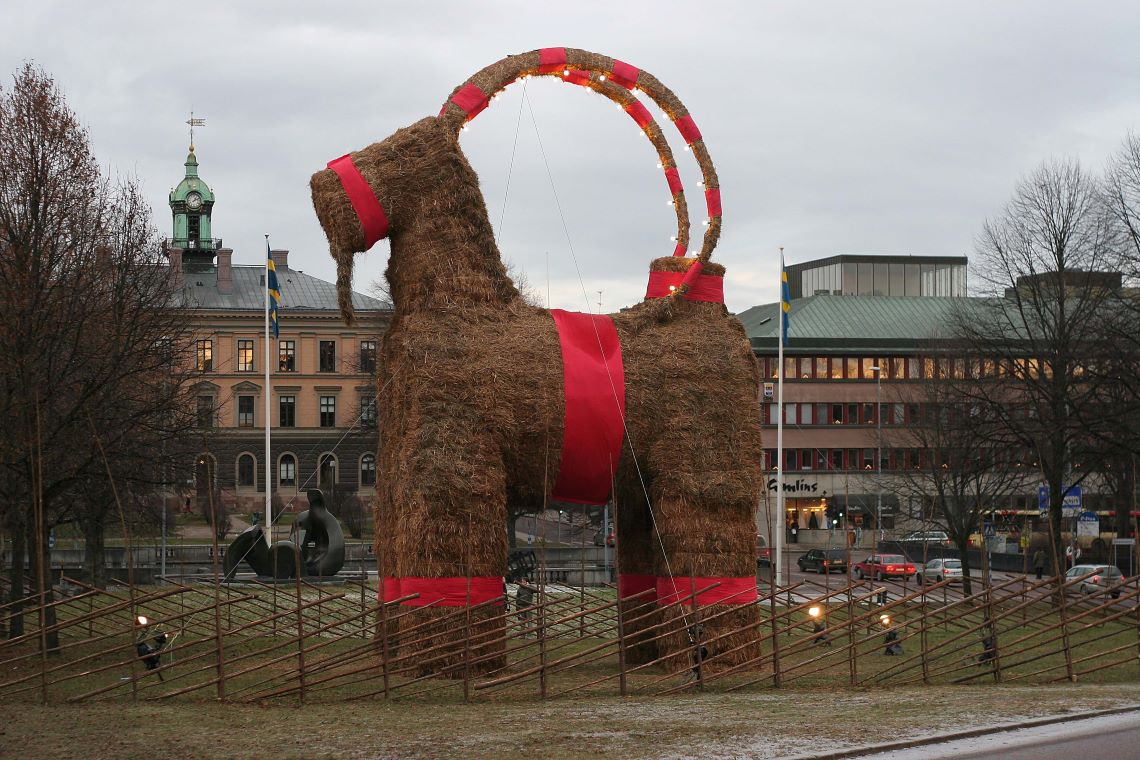
We hope we’ve demonstrated in this article that many of our favourite Christmas traditions have their roots in elements of pagan Yuletide, particularly Norse Yuletide. And it is unquestionable that the best of these customs is the craft and display of the Yule Goat. Now all that remains is to work out how goats could be used to improve our Christmas holidays here in the UK. Could we include a random goat in every scene of the Eastenders Christmas special? How about a block of goat’s cheese replacing the satsuma as a stocking staple? Maybe we add another named day to the calendar called MERL Goat day where it’s compulsory to visit the museum and browse our incredible goat-based collections? We’re open to suggestions. Just please, not Krampus.
